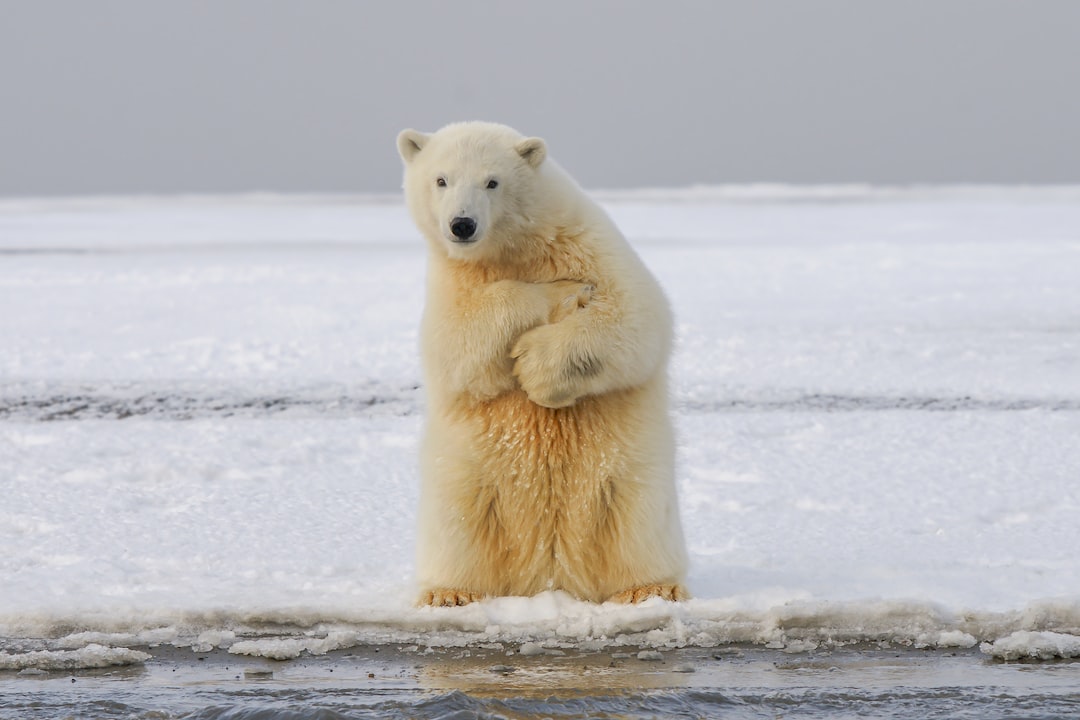The Striking Similarities Between Human and Animal Emotions
Human emotions have long been considered complex and unique to our species. However, recent studies and observations have shed light on the striking similarities between human and animal emotions. From joy to fear, animals exhibit a range of emotions that are strikingly similar to ours, challenging the notion of emotional exclusivity of humans.
One of the most prevalent emotions in both humans and animals is joy. Just like humans, animals show signs of happiness through behaviors such as wagging their tails, jumping, or playing. Anyone who has spent time with a dog knows the unmistakable look of pure joy on their face when they see their favorite human or engage in playtime. Similarly, dolphins have been observed leaping out of the water and performing acrobatic tricks, suggesting a sense of joy and amusement. These joyous expressions in animals not only demonstrate their capacity for happiness but also highlight the commonality of emotions across species.
Another shared emotion among humans and animals is fear. When faced with a threat or danger, both humans and animals experience elevated heart rates, increased adrenaline levels, and defensive behaviors. For instance, a deer caught in the headlights freezes as a result of fear, just as humans might experience a sudden surge of fear in a frightening situation. Similarly, monkeys have been observed making alarm calls to warn their group members of potential threats, showcasing that animals also experience fear and act upon it for self-preservation.
Love, a complex emotion that humans often consider unique to their species, is also observed in animals. Many animals form strong bonds with their mates, offspring, or companions. For instance, wolves exhibit intense loyalty towards their pack members, working together to ensure the survival of the group. Elephants have been known to mourn the death of their loved ones, shedding tears and staying by their deceased companions’ bodies. Such examples demonstrate that animals, just like humans, are capable of forming deep emotional connections and experiencing love.
Grief is yet another emotion that animals share with humans. When an animal loses a mate or offspring, they exhibit signs of grief and mourning. Whales, known for their tight-knit family units, have been observed carrying their dead young for days, refusing to let go. Similarly, pets that have lost their human companions have been recorded displaying signs of depression, showing their ability to experience the pain of loss. These instances underline the profound emotional impact that loss has on both humans and animals.
Empathy, often considered a uniquely human attribute, is also evident in the animal kingdom. Studies have shown that primates, such as chimpanzees, can display empathy towards their peers when they are distressed. They engage in comforting behaviors, such as hugging or grooming, to alleviate their companion’s distress. Dolphins have also been observed aiding injured or sick individuals, staying alongside them until they recover. These acts of empathy demonstrate that animals, like humans, have the capacity to understand and respond to the emotions of others.
Recognizing the similarities between human and animal emotions highlights the importance of treating animals with respect and empathy. It also challenges the notion of emotional superiority of humans. Understanding that animals experience a wide range of emotions can lead to enhanced animal welfare practices, better protection of their habitats, and more compassionate treatment overall.
In conclusion, the striking similarities in emotions between humans and animals reveal that we share fundamental feelings such as joy, fear, love, grief, and empathy. Animals exhibit behaviors that reflect these emotions, challenging the belief that emotions are exclusive to humans. Acknowledging these shared experiences can lead to greater compassion and care for the animals we share our planet with. After all, emotions connect us on a deep level, regardless of our species.
